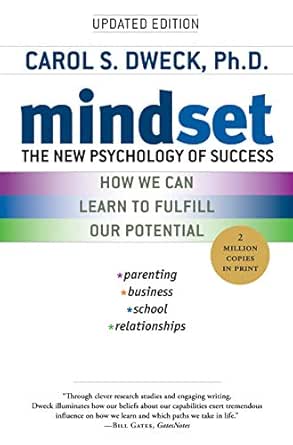

By Prof. Dr Ranjit Singh Gill (Professor and Deputy Dean, Faculty of Social Sciences, Quest International University)


For the longest time, the dominant paradigm in education has been that academic achievement is determined by cognitive factors such as intelligence and memory. But over the last decade and a half, non-cognitive skills, or character strengths, such as resilience, self-control, social intelligence and conscientiousness, are now recognized as another aspect of learning that are equally, if not even more important than cognitive aspects.
Increasing research evidence demonstrates that some non-cognitive skills are more effective predictors of long-term success and achievement in the globalized world of the 21st century than mere intelligence. Thus, while intelligence and content knowledge remain important, there are also some non-cognitive traits that are essential to academic achievement and life success.
One such non-cognitive trait is grit. Angela Duckworth defines grit as “perseverance and passion for long-term goals”. Through her research, she has demonstrated that grit is a strong predictor of future success and achievement among kids and adolescents. The inability to persevere or handle setbacks is indicative of a lack of grit.
The good news about grit is that it is a skill that can be practiced and enhanced over time. Additionally, like many other non-cognitive skills, the effectiveness and impact of grit is greater if it is taught to young children as compared to adolescents. This means that we can help kids and adolescents develop grit. Here are four tips to do this.
Tip #1: Help them find a passion (or at least an engaging activity!)
It is probably unrealistic to expect a six-year old child to find his/her passion. However, you can help your kid or adolescent choose an activity that interests them. Parents should provide opportunities, but the key is to allow kids and adolescents to choose what they would like to do. When the activity interests them, they are more likely to be engaged in and committed to it, and will thus have the motivation to put in the hard work and to persevere in the face of challenges.
Tip #2: Get them out of their comfort zone
Don’t be over-protective. Angela Duckworth suggests that we should encourage our kids and adolescents to try out new activities that challenge them, both physically and mentally. It is important to let them experience struggles. But we also need to encourage and support them in developing the perseverance to push and work through obstacles. Discuss with your child the specific challenges that they face and help them to work out options, from among which they choose the one they believe will help them to overcome the problem. This builds their confidence to attempt anything. More importantly, it is this accumulated experience of working and persevering through small struggles that will develop the grit they need to achieve the hard things in life.
Tip #3: Let them experience failure and frustration
It can be heart-breaking to see your child struggle, so it is not surprising that many parents allow their child to give up at the slightest difficulty, obstacle, or disappointment. But allowing your child to give up reinforces the belief in the child that struggling, or persevering, is not a part of hard work. Failure is disappointing and, often, embarrassing as well. So, avoiding the possibility of failure and embarrassment is really a form of fear. Helping children, at a young age, to learn how to handle failure and embarrassment prepares them for adult life. They become gritty adults who are willing to take risks and persevere through failure and embarrassment to attain their goals because they have learned how to handle it.
Tip # 4 Help them develop a growth mindset
Carol Dweck’s concept of growth mindset is another important non-cognitive trait. A mindset is an individual’s belief system. An individual with a fixed mindset believes that his/her talents are in-born traits which cannot be changed or developed. A growth mindset, conversely, is a belief that talents or traits are malleable and can be changed. Although different concepts, grit and mindset are related. If a child believes that his/her failures are due to fixed traits, he/she has no reason to try again. Helping your child develop a growth mindset is an important part of developing grit. Praising a child’s success by attributing it to the child being smart suggests that innate talent is the reason for the child’s success. It is much better to focus on what the child did to attain that success because then you are helping your child see how effort leads to success. You are fostering the idea that persevering and putting in the hard work can lead to success.
At this point, it will have become clear that ‘teaching’ non-cognitive skills is quite different from teaching mathematics or history. For parents, the key to teaching these important skills is to interact and engage with your child or adolescent. It requires that you create opportunities for them to practice these skills in contexts that are challenging. When they stumble or waver, it is important that you are there to support and guide them. You need to offer options for your child to choose from, not choose for them. It is not easy, but you need to persevere.
Suggested Readings:
  |
  |
| Duckworth, A. (2016). Grit: The power of passion and perseverance. New York, NY: Scribner. | Dweck, C. (2017). Mindset: Changing the way you think to fulfil your potential. Hachette UK. |
============================================
Get your local news fast. Download the Ipoh Echo App on your mobile. Available on both Google Playstore and Apple Appstore.


